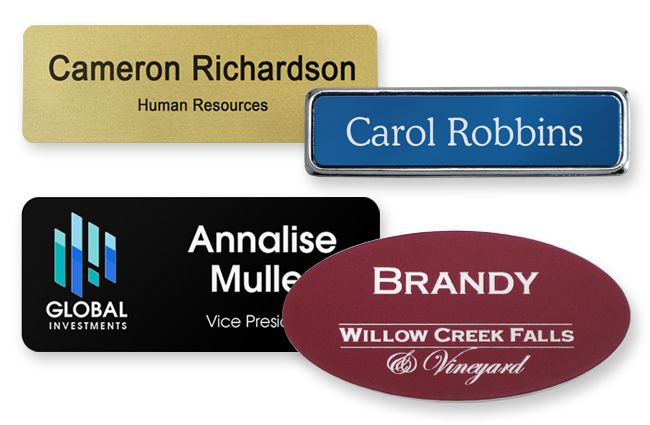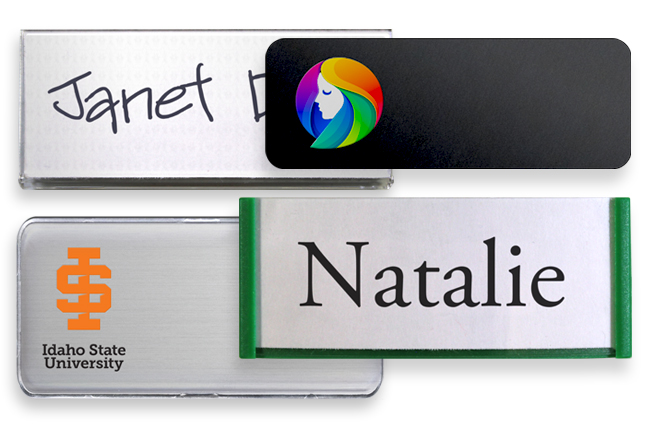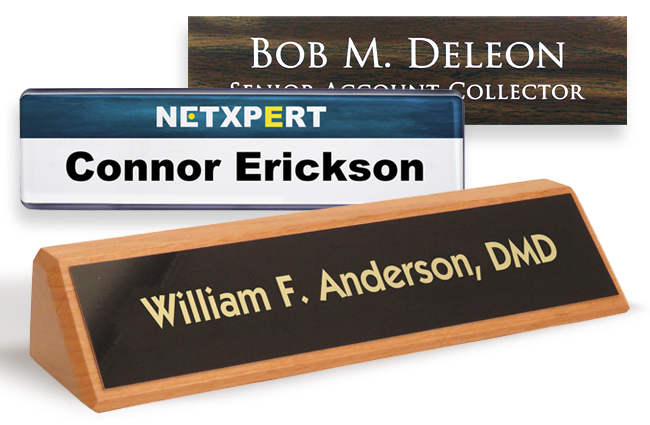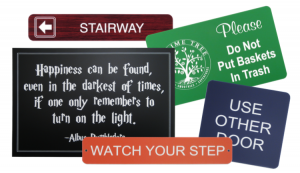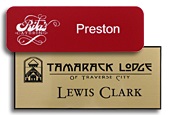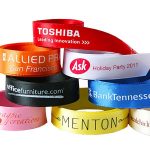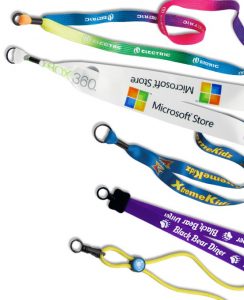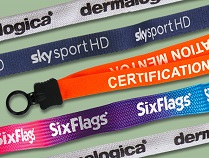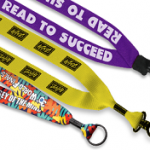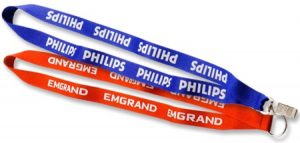Helping your customers is what your business does, right? When you focus your priorities on your customers’ needs, you are actually doing your business a favor. As you meet your customer’s needs, you can better your business and better your customer service. In the long run, focusing on who is doing business with you will help you in your client retention as well as finding new customers.
Whether small or large, every business will always benefit from improved customer service practices. So how can you, as a business owner, help your employees and customers feel more valued? Here are several steps that you can take to improve your customer service.

Understand Your Customers’ Needs
According to several studies, service is vital in a customer’s brand loyalty choice. However, each customer will have a different view and opinion of excellent customer service. To provide this excellence, you need to determine your customers’ needs. Once you find out these needs, you can better train your employees to meet them.
Listen to (and Implement) Customer Feedback
You should also listen to customer feedback. Sometimes reading customer feedback is not the most exciting thing to do as a business owner. However, whether you are a small business or a large one, customer feedback should be a critical point in running your business.
Even if it’s negative, customer feedback will keep your business running up to par with what your customers expect. Part of being a business owner is listening to your customers. When you listen to your customer feedback, you can improve the customer’s experience. Once you improve this experience, your business can better help meet your customer’s needs.
Take all customer feedback constructively. Remember that most customers only provide negative feedback when something needs to be fixed. Therefore, even when dealing with positive feedback, find a constructive way to implement any changes that you need to your business.
Pay Attention to Your Competitors
Yes, even your competitors will influence your customer’s needs. For example, if consumers have a bad experience with a competitor, they may turn to you to meet their needs. So, you should always pay attention to your competitors to better help your customers.
While it is not prudent to stalk your competition, you will find it necessary to understand how your competitor runs its business. Then, you can identify possible shortcomings in their business and find ways to improve your business by building on what customers need.
Provide Open Communication
One of the best ways to improve your business’s customer service is by communicating openly with clients and customers. Find ways to communicate directly with customers about what services and products you offer and how they meet their needs.
Use every available means to communicate with your customers. Whether it is online and social media or in-store surveys, make sure you keep in contact with your customers. No matter how you communicate with your customers, make sure you use consistency in that communication.
Communicating with your customers is a crucial component of running a business. When you have an open line of communication, customers’ needs will become readily available to you. From the feedback received via surveys or messages sent through emails, customers will be happy to let you know what they need when your business is transparent.
Helping your customers remember your brand will also help you retain them. You help customers remember your brand and business by constantly providing them with your best business practices. This consistency is one of the best ways to accomplish customer retention.
Following Up with Your Customers
There are so many different ways that you can get in touch with your customers. From in-store surveys to social media postings, customer communication is easier than ever. Following up with your customers after completing a service or transaction is an excellent opportunity to understand their needs.
Once you understand these needs, you can follow up with your customer to ensure that they are satisfied with your business dealings. One of the easiest ways to reach out to your customers for a follow-up is an email. Make sure that when you send out emails to customers, you fully represent your brand. Your voice still needs to remain consistent so that your customers will keep coming back.
Promptly Handle Complaints
Part of listening to your customers is also taking their complaints. While taking complaints may not always be an easy part of doing business, it is vital that you allow your customers an opportunity to speak their minds. In addition, when you let customers complain about poor service or poor quality of product, you are also gaining their trust.
It is an important part of this step to follow up after receiving a complaint promptly. Remember, most customers do not complain unless there is an issue. And as a business owner, you want to make sure that there are no issues between you and your clientele.
No matter the kind of feedback you receive, you can always learn from what your customers tell you. So, always encourage customers to express and share their feelings about your company. Stay as transparent as you can during this process, and customers will continue doing business with you.
Meeting Your Customer’s Needs
One of the keys to excellent customer service is understanding and meeting customers’ needs. To make this happen, several steps must be followed. Keep the following in mind while dealing with your clients, and excellent customer service is sure to follow.
Offer Reasonable Solutions
Knowing your customers’ needs is only half the battle. The other half is to offer solutions to any problems that may occur. Find ways to explore how to improve your business continually. One of these ways is to listen to your customers’ needs and then respond with a way to fix any issue.
One key thing to remember is that the solutions need to be simple. Keep an open mind when responding to customer issues, stay as transparent as possible and actively keep your customer in the loop as you offer any solution.
Keep Listening to Your Customers
Just because you found one customer’s need does not mean that you found them all. Constantly keep listening to everything your customers say about how you run your business. Remember, your goal is excellent customer service. Without listening, this goal is unattainable.
And, don’t just listen but actually hear what your customers are saying. Take into consideration everything they say, no matter how unimportant it may seem. While sometimes it is hard to admit that a customer may be right, you may have a broken system (especially if more than one customer complains about the same thing). The only way to stay in business is to keep listening.
Be Honest and Transparent
It does not matter what type of business you run, honesty and transparency are two of the most important things you need to remember. Keeping your customers aware of how you are running your business will keep you in business.
Unhappy customers are not repeat customers. After all, a happy customer is your greatest asset as a business. Remember that a happy customer is also a buying customer. Whether it’s goods or services you offer as a company, your customer is there because of how you make them feel.
Honesty and transparency are just good business practices. Stay honest in your dealings, and your business will increase. Keep transparency as part of your brand, and you will continue to have excellent customer service.
How To Connect with Your Customers
The H2H experience should be available to all customers. What we mean by this is human to human connections. Connecting with customers should be the focus of every business. Over the past while, we have become disconnected.
As humans, we crave experiences that connect us with others. Those connections have turned online throughout the last year and have become a little less human. So, how do we revert to that constant human interaction we naturally crave while still existing in our ever-changing world?
Part of the solution to this issue is becoming more approachable. While you and your company may have already been in a position of trust, people need to feel that they can still trust you and your services. Now the question is, how do you gain that trust and become more approachable.
Tools for Improving Your Customer Service
NAME TAGS
With an extensive line of tags available, we have everything to meet your needs. Name tags are guaranteed to improve your customers’ experience and improve your customer service.
Communicate and relate better with your employees and customers easier with the help of name tags. While we are slightly biased, name tags are just a good business decision. They provide identification, security and so many other benefits.
There are significant benefits to wearing name tags in any retail establishment (grocery store, boutique, department store, etc.). Some of these benefits include the use of identification in marketing, providing security, identifying employees and other staff, and many other positive benefits.
REUSABLE BADGES
These versatile reusable name badges help your customers even when you have a high employee turnover. Your customer service will improve when everyone has identification. Reusable badges are perfect for volunteers, seasonal employees and even visitors.
And, with printable inserts, you can quickly provide identification for everyone at your company. Our reusable name badges are simple systems that can either be written on or printed and still look professional.
NAME PLATES
Be more approachable by using personalized name plates around your business. These name plates can include employee names, directions to find offices and other amenities, identify conference rooms and even provide an uplifting message for your customers.

